Test Bank For Pharmacotherapeutics for Advanced Practice 3rd Edition by Virginia Poole Arcangelo, Andrew M. Peterson
Chapter 3. Impact of Drug Interactions and Adverse Events on TherapeuticsMULTIPLE CHOICE1. Which of the following patients would be at higher risk of experiencing adverse drug reactions (ADRs):A.A 32-year-old maleB.A 22-year-old femaleC.A 3-month-old femaleD.A 48-year-old male ANS: C PTS: 1 2. Infants and young children are at higher risk of ADRs due to:A.Immature renal function in school-age childrenB.Lack of safety and efficacy studies in the pediatric populationC.Children’s skin being thicker than adults, requiring higher dosages of topical medicationD.Infant boys having a higher proportion of muscle mass, leading to a higher volume of distribution ANS: B PTS: 1 3. The elderly are at high risk of ADRs due to:A.Having greater muscle mass than younger adults, leading to higher volume of distributionB.The extensive studies that have been conducted on drug safety in this age groupC.The blood-brain barrier being less permeable, requiring higher doses to achieve therapeutic effectD.Age-related decrease in renal function ANS: D PTS: 1 4. The type of adverse drug reaction that is the result of an unwanted but otherwise normal pharmacological action of a drug given in the usual therapeutic doses isA.Type AB.Type BC.Type CD.Type D ANS: A PTS: 1 5. Digoxin may cause a Type A adverse drug reaction due to:A.Idiosyncratic effectsB.Its narrow therapeutic indexC.Being a teratogenD.Being a carcinogen ANS: B PTS: 1 6. Changes in the individual pharmacokinetic parameters of adsorption, distribution, or elimination may result in high concentrations of the drug in the body, leading to which type of adverse drug reaction?A.Type AB.Type CC.Type DD.Type E ANS: A PTS: 1 7. According to the World Health Organization Classification, Type B adverse reactions are:A.When a drug is a teratogenB.When a drug is carcinogenicC.A delayed ADR, such as renal failureD.An allergic or idiosyncratic response ANS: D PTS: 1 8. Sarah developed a rash after using a topical medication. This is a Type __ allergic drug reaction.A.IB.IIC.IIID.IV ANS: D PTS: 1 9. A patient may develop neutropenia from using topical Silvadene for burns. Neutropenia is a(n):A.Cytotoxic hypersensitivity reactionB.Immune complex hypersensitivityC.Immediate hypersensitivity reactionD.Delayed hypersensitivity reaction ANS: A PTS: 1 10. Anaphylactic shock is a:A.Type I reaction, called immediate hypersensitivity reactionB.Type II reaction, called cytotoxic hypersensitivity reactionC.Type III allergic reaction, called immune complex hypersensitivityD.Type IV allergic reaction, called delayed hypersensitivity reaction ANS: A PTS: 1
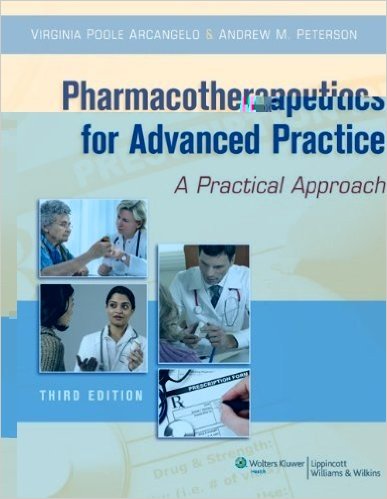
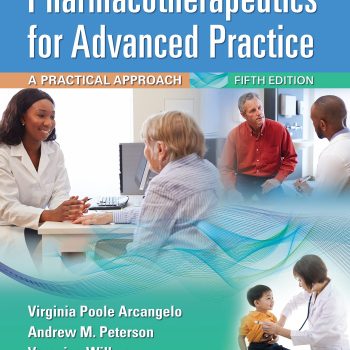
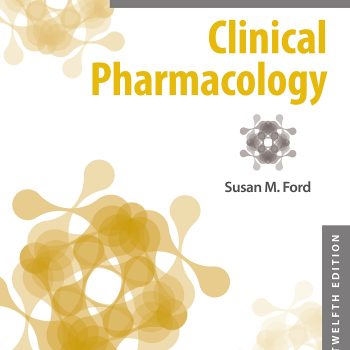
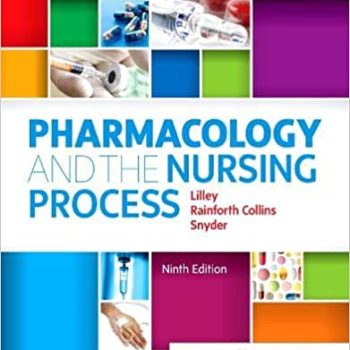
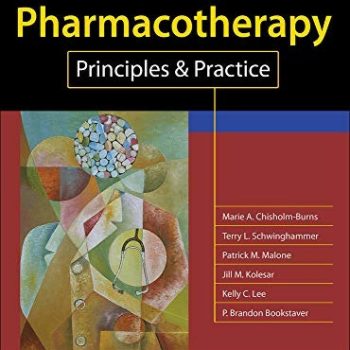
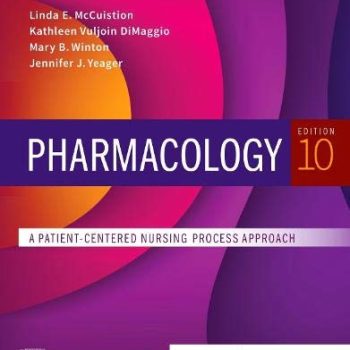
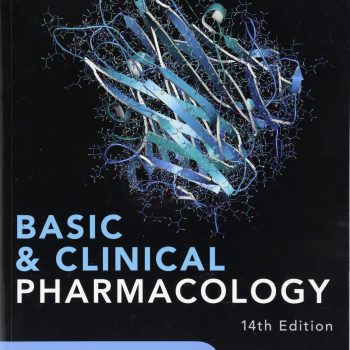
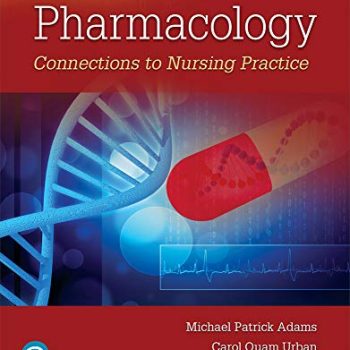
Reviews
There are no reviews yet.